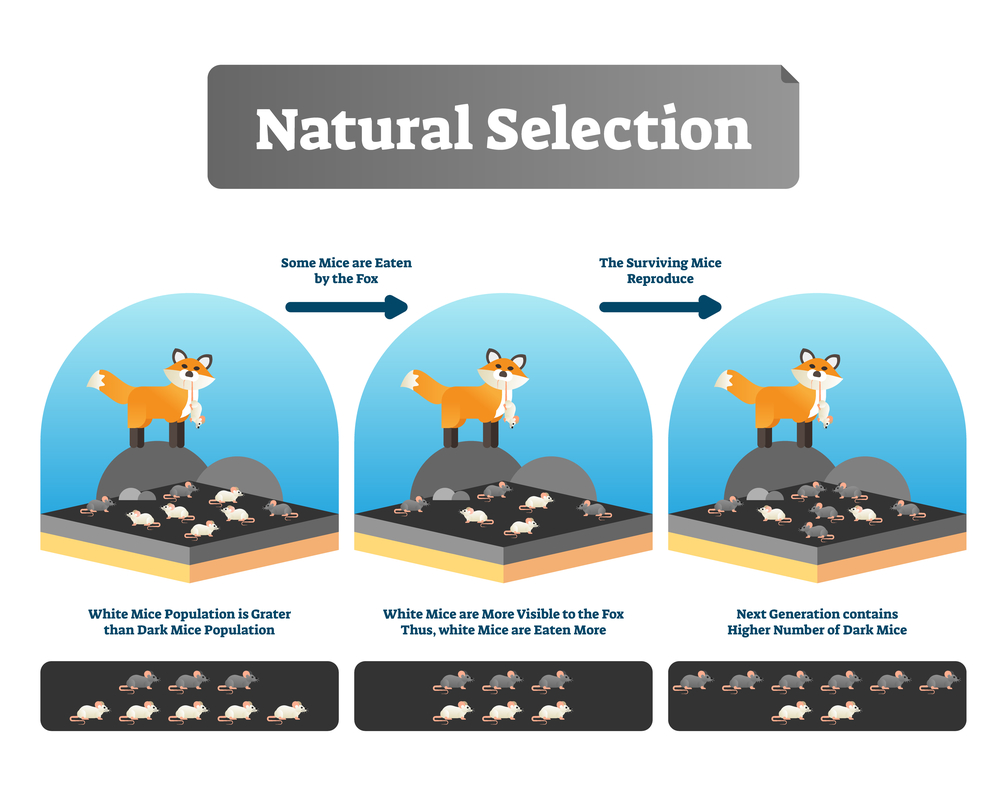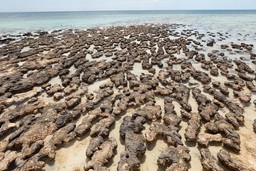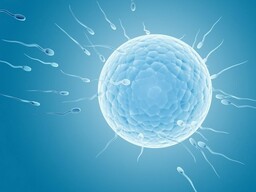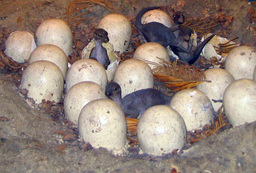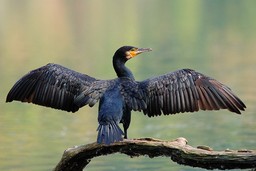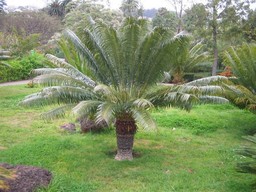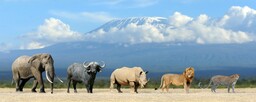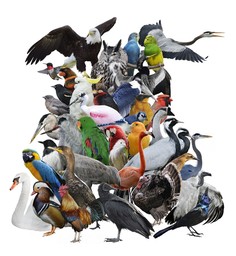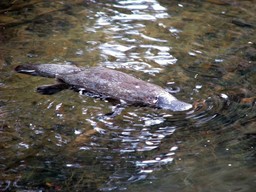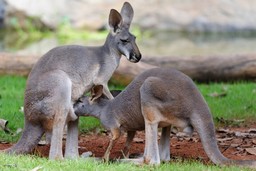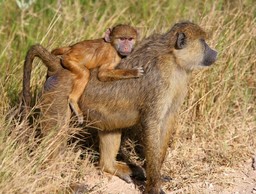23. Evolution
Contents of the chapter
 23.1 Evolution refers to change through time
23.1 Evolution refers to change through time23.2 Chemical evolution
23.3 Evidence for evolution
23.4 The signs of evolution
23.5 Many factors contribute to evolution
23.6 The theory of evolution
23.7 Precambrian era
23.8 Gallery: Precambrian era
23.9 Paleozoic era
23.10 Gallery: Paleozoic era
23.11 Mesozoic era
23.12 Gallery: Mesozoic era
23.13 Cenozoic era
23.14 Gallery: Cenozoic era
23.1 Evolution refers to change through time
The Earth and the life found on its surface may seem stable and unchanging. However, they are not. Organisms and habitats are constantly changing. Changes that have happened in the past can be observed by looking at the fossils of organisms buried in layers of soil.
According to our current understanding, life on Earth first evolved in the oceans. Through gradual changes, primitive unicellular and multicellular organisms evolved from primitive algae.
The gradual development of living organisms is called evolution. Evolution happens all the time and has no specific direction. Evolution does not aim for any particular form or goal.
The evolutionary process began about four billion years ago with simple unicellular organisms.
The developmental stages of living organisms are divided into geological eras, each of which is characterized by the emergence of new groups of plants and animals and the extinction of older species. The story of human evolution provides answers as to how the modern man evolved into a dominant species and spread to different regions of the globe.
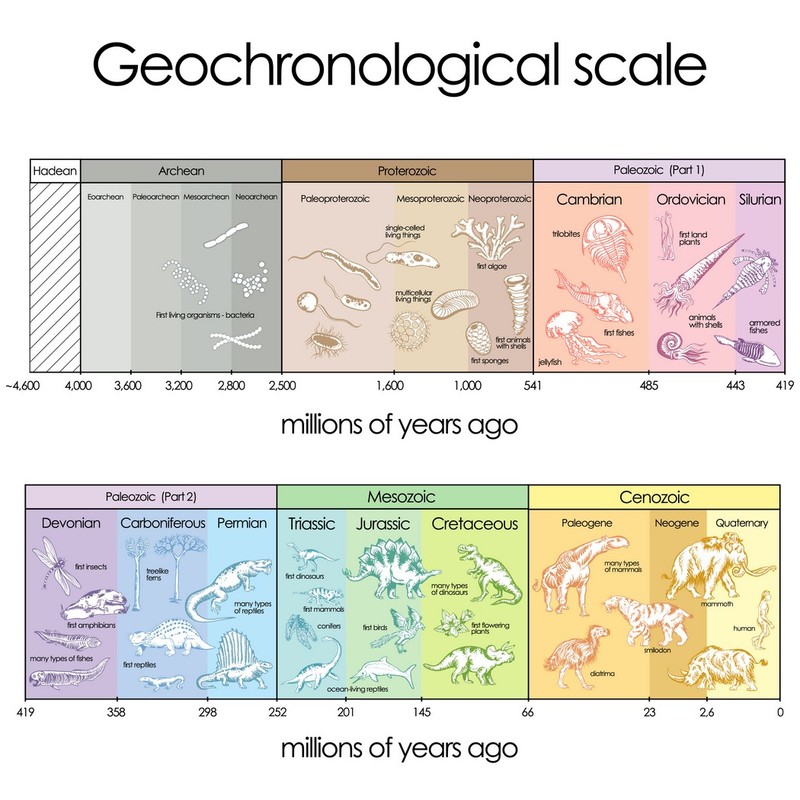
23.2 Chemical evolution
Planet Earth was formed some 4,6 billion years ago. In the beginning, the Earth was an extremely hot celestial body. It was the target of continuous meteorite showers, and it had high levels of volcanic activity.
As the Earth cooled down, the steam produced by volcanic activity condensed into rain, which in turn created the oceans. A solid lithosphere and a gaseous atmosphere were also formed on Earth at this time.
The early atmosphere of Earth was different from what it is today. It contained water vapor, carbon dioxide, nitrogen, carbon monoxide, and poisonous gases. However, it did not contain oxygen in its free form. As a result of this, there was no ozone layer to protect the Earth from ultraviolet radiation. The living organisms of today would find it extremely difficult to thrive in the conditions of young planet Earth.
In the picture on the right, you can see a laboratory experiment created by the young student Steven Miller. This experiment was used to study the birth of amino acid in the imagined conditions of early Earth. The experiment proved beyond question that chemical evolution was possible in the conditions of early planet Earth.
There are various theories and assumptions about the early stages of life on Earth. Life is supposed to have emerged in stages. At first, the atmosphere contained only simple substances, which were combined into more complex substances as the result of lighting storms and meteorite showers. This is how elements important to life, such as amino acids and nucleic acids (DNA and RNA), were originally formed.
Chemical evolution was followed by biological evolution, that is, the evolution of the first living organisms.
23.3 Evidence for evolution
A fossil is formed when an organism is left in an oxygen-free state, where its structure does not decompose. Instead, the organism's building materials are either retained or replaced by undegradable minerals.
Fossils are stored in the layers of Earth's soil and rocky crust, as well as in swamps and ice. Prehistoric insects have also been found inside amber.
 Fossils: On the left, a petrification fossil (ammonite, ancient mollusk). In the middle, a fossil of a dragonfly. On the right, a footprint of a dinosaur.
Fossils: On the left, a petrification fossil (ammonite, ancient mollusk). In the middle, a fossil of a dragonfly. On the right, a footprint of a dinosaur.
Fossils provide evidence for the gradual development of organisms. The deeper the remains of animals and plants are found in the soil, the more rudimentary their structures are. Correspondingly, the fossils closer to the surface and thus in the newer strata, are more similar in structure to current organisms.
Comparing the similarity of structures such as limbs, it can be observed that two species have developed from the same ancestors. For example, in the forelegs of vertebrates, a certain common basic structure can be observed, from which they have formed into a shape typical of each species.
The biotechnological processes of animal and plant breeding are examples of accelerated evolution. Breeding is based on differences in characteristics between individuals. The breeder selects the desired characteristics from certain animal or plant species, and by fusing them changes the species in the desired direction. Most modern cultivated plant species have been created this way.
Molecular similarities provide evidence for the shared ancestry of life. DNA sequence comparisons can show us how closely different species are related. The genetic similarity of species is also evidence for evolution: the more similarities there are between the genomes of two species, the closer their developmental histories have been. For example, the genes of humans and chimpanzees are 99.4% similar in terms of their functional genes, while the genesof humans and mice are 80% identical.
Today, there are a few species that are said to be living fossils, as they have remained virtually unchanged for millions of years. These include the hedgehog, the ginkgo and the platypus. Thus, the development of the species and changes in their appearance are not always necessary for the survival of the species.
23.4 Signs of evolution
23.5 Many factors contribute to evolution
 What causes the changes in organisms? Natural selection is the most important factor influencing evolution. Natural selection is based on the fact that individuals of the species produce more offspring than sustainable in their habitat. Individuals of each species that are best adapted to the natural conditions at the time are most likely to survive. They are most successful and produce the most offspring, passing on their genes to the next generation. Genes carry genetic traits.
What causes the changes in organisms? Natural selection is the most important factor influencing evolution. Natural selection is based on the fact that individuals of the species produce more offspring than sustainable in their habitat. Individuals of each species that are best adapted to the natural conditions at the time are most likely to survive. They are most successful and produce the most offspring, passing on their genes to the next generation. Genes carry genetic traits.
Natural selection can only work if individuals are different. Indeed, there are differences between individuals in the traits that affect their success. Genetic changes, i.e. mutations, and modification through sexual reproduction bring about differences. For example, mutations make it possible that seeds can produce different colour leaves to their parent tree. Leaves of a certain colour, photosynthesise better than others. Such plants produce more seeds than others: there has been natural selection.
Individuals of the same species living in the same place and reproducing with each other form a population. In a population, basically all individuals of a species can reproduce with each other. If, for some reason, a population finds itself in a situation where a factor prevents individuals from reproducing with each other, individuals may evolve in different directions over time, resulting in different forms, subspecies, and over time, even different species. This speciation is the evolutionary process by which populations evolve to become distinct species.
Speciation can also occur in such a way that individuals of the same species are exposed to different habitats, where environmental factors slowly modify the species. The species adapts to the prevailing conditions and natural selection takes place.
The survival of a species, subspecies, or population under changing environmental conditions is affected by how much difference there is in their inheritance between individuals — that is, how much they differ genetically. Because an individual’s inheritance provides an individual’s traits, a genetically diverse population is also diverse in traits. In this case, as the habitat changes, individuals will be found whose traits contribute to survival in the new conditions and the species or population will be able to adapt to these new conditions. If we want to protect species and populations, we need to make sure that their genetics remain diverse.
In modern life, evidence of evolution is provided by bacteria that have evolved to be resistant to a variety of antibiotics. Thus, bacteria have evolved into strains in which antibiotics used as drugs are no longer effective. These so-called nosocomial bacteria are the biggest threats to health care.
23.6 The theory of evolution
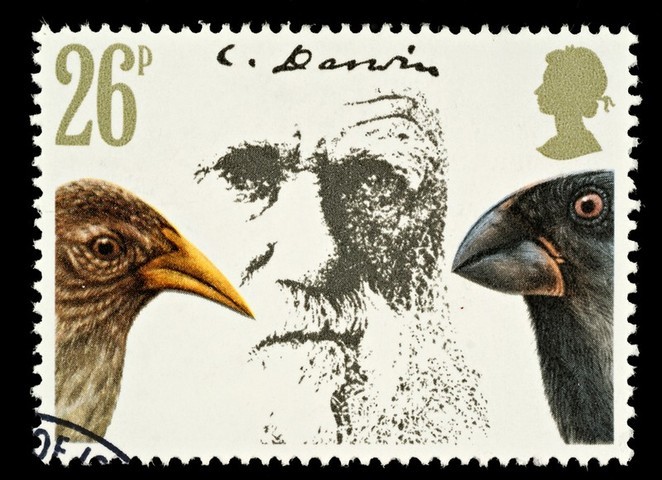 The finding of fossils and differences between species was of interest to scientists in the 19th century. During his journey to the Galápagos Islands, an Englishman called Charles Darwin became acquainted with a group of about 15 species of passerine birds referred to as Galápagos finches. Darwin studied the nearby islands, their living conditions and species and compared them to the conditions on the continent.
The finding of fossils and differences between species was of interest to scientists in the 19th century. During his journey to the Galápagos Islands, an Englishman called Charles Darwin became acquainted with a group of about 15 species of passerine birds referred to as Galápagos finches. Darwin studied the nearby islands, their living conditions and species and compared them to the conditions on the continent.
Darwin found that different islands had different environmental and nutritional conditions, and that finches living on different islands differed from each other in terms of their beak shapes. The beaks of different species had, over the course of millennia, developed in various directions on different islands according to their different conditions. This, according to Darwin, was evidence of natural selection and adaptation. Based on his research and writings, the theory of evolution was developed. The modern concept of evolution also includes cultural evolution, i.e. the transfer of knowledge, experiences and perceptions from one generation to another.
23.7 Precambrian era
The Earth is estimated to have been formed 4.6 billion years ago. In the beginning, the hot planet was lifeless. However, over millions of years, simple chemical compounds began to form on the shores of the planet's early oceans. These simple molecules formed membrane structures called vesicles. These vesicles contained microscopically small organic matter and were able to divide into new vesicles. This is how life developed in the ocean four billion years ago.
Presumably, the first cells were bacteria-like organisms that gathered substances from the environment. The first self-sufficient organisms capable of photosynthesis were cyanobacteria; they utilized sunlight, carbon dioxide and water to produce glucose. In addition to glucose, photosynthesis produced oxygen, which was released into the planet's atmosphere. The released oxygen (O2) formed a protective layer of ozone (O3) high in the atmosphere. The formation of the ozone layer protected living organisms from UV radiation and enabled life to move from sea to land.
The first living organisms, bacteria and cyanobacteria, had no nuclei. These living organisms developed into more complex unicellular organisms. These eukaryotes already had a cell structure where a nucleus surrounded by cytoplasm, as well as many other organelles. Eukaryote fossils have been dated back to 500 million years. Evolution continued further when multicellular organisms began to evolve. The prehistoric period of life, from the evolution of the first signs of life to the first multicellular organisms, lasted for four billion years. In other words, this period accounts for about 90 percent of the total age of the Earth!
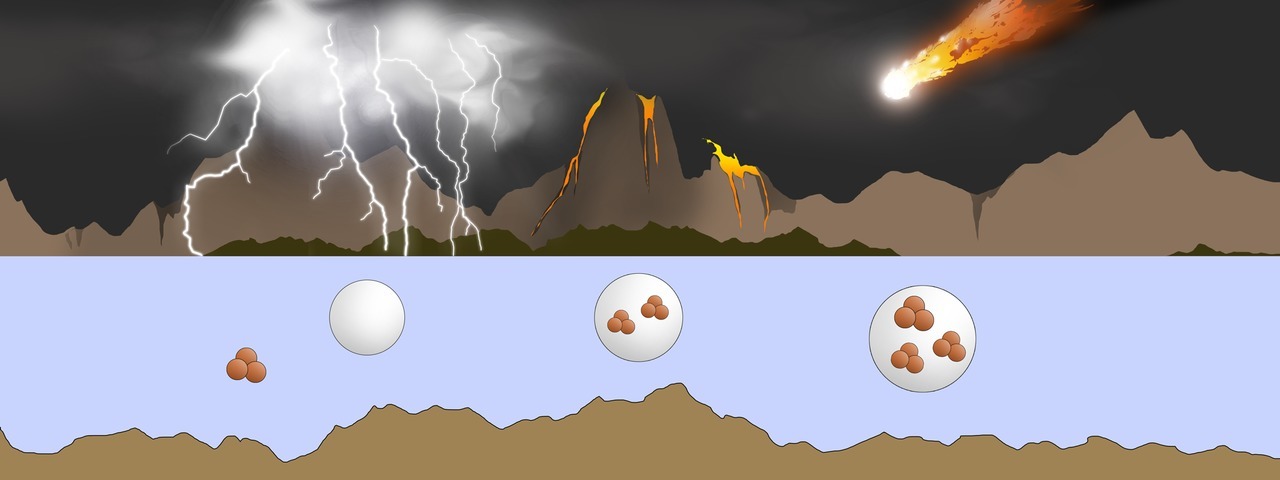 During the early history of Earth, falling meteorites, constant lightning and solar ultraviolet radiation caused the formation of complex chemical compounds. This is called chemical evolution. The first cells were formed during the Precambrian era.
During the early history of Earth, falling meteorites, constant lightning and solar ultraviolet radiation caused the formation of complex chemical compounds. This is called chemical evolution. The first cells were formed during the Precambrian era.
23.8 Gallery: Precambrian era
23.9 Paleozoic era
During the Paleozoic era, life in the sea developed faster than it had during the previous billions of years. Invertebrate jellyfish were the most advanced animals in the early days of the Paleozoic. Mussels were the first organisms to develop a protective, hard shell. Crustaceans were the first organisms to develop articulated legs that allowed rapid movement on the seabed.
Competition between species made some species predators. The first vertebrates were primitive fish known as cartilagenous fish and bony fish. Sharks and rays belong to the group of cartilagenous fish. Their skeletal structure does not consist of bone, and they have no swim bladder.
 Sharks belong to the evolutionary group of cartilage: they do not have a bony spine or a swim bladder. Great white shark.
Sharks belong to the evolutionary group of cartilage: they do not have a bony spine or a swim bladder. Great white shark.
In addition to animals, fungi and plants developed in great strides druing the Paleozoic era. These organisms were the first to move to the surface of the Earth. During the transition to land, plants developed characteristics that allowed them to survive even with a small amount of water. Plant development progressed from algae to moss.
The ferns of the Paleozoic era had already developed vascular tissues. This was a crucial feature, as it made it possible for them to thrive on land.
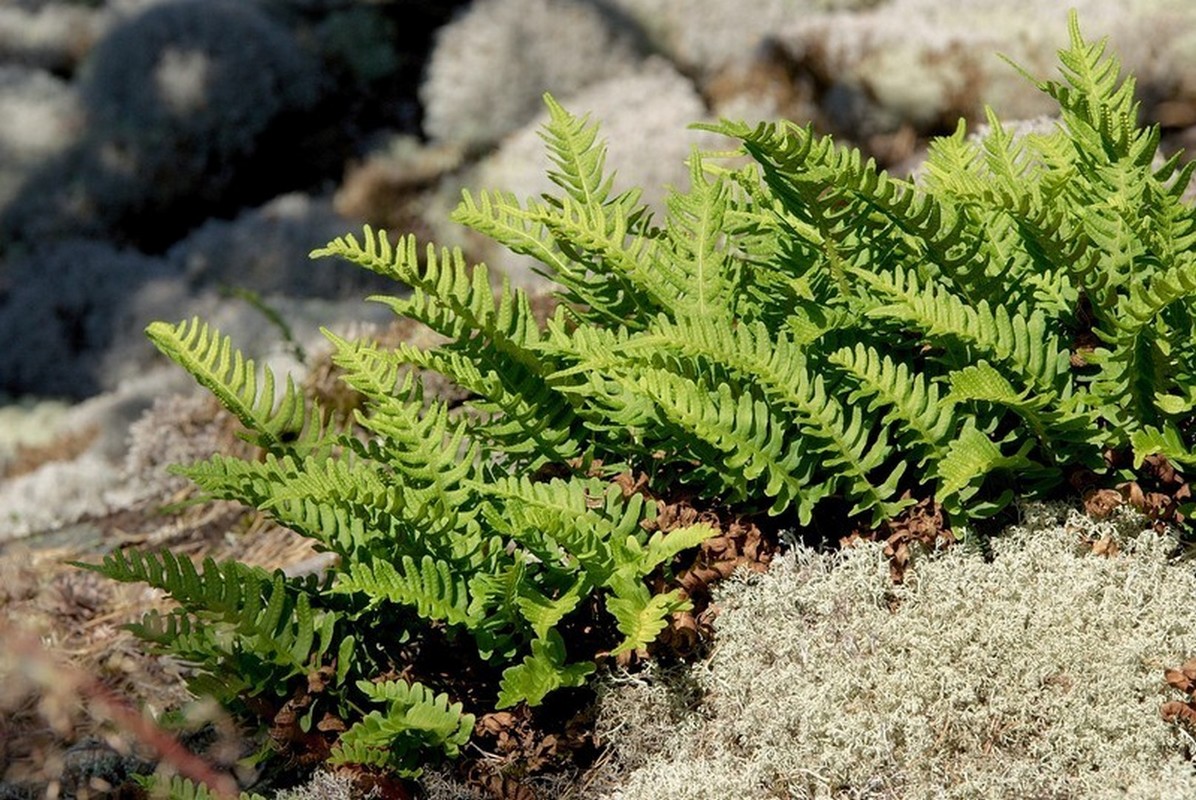
In the Carboniferous era, about 300 million years ago, plants such as ferns, horsetails, and clubmosses dominated the forests of planet Earth. Large, fast-growing fern trees were buried in the ground over the course of millions of years. In time, these fern forests were transformed into coal under anaerobic conditions - the very same coal reserves that we still use today as an energy source!
Marine invertebrates of Paleozoic era:
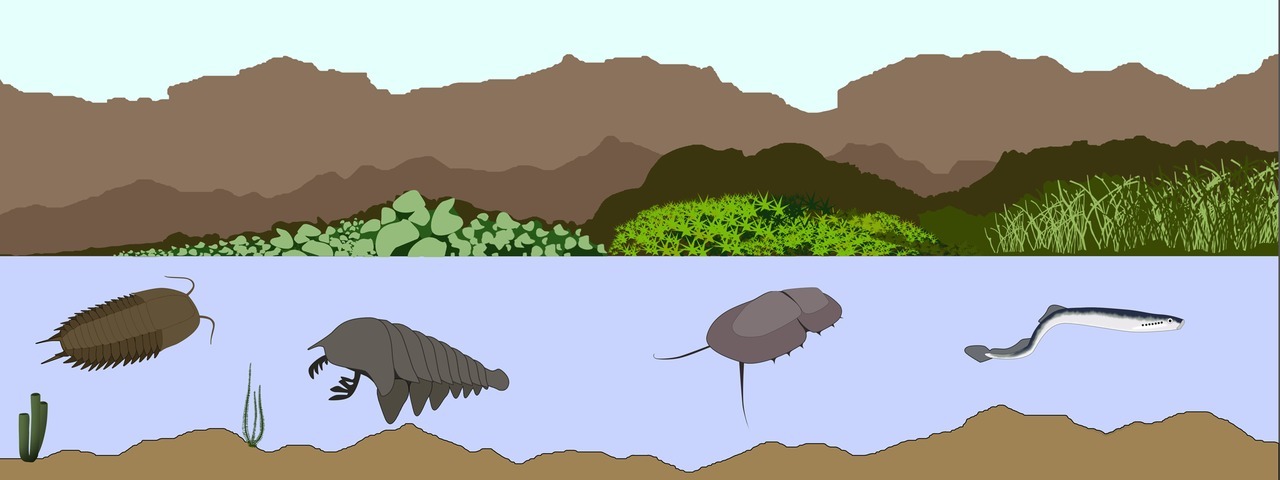 Life in the sea during Paleozoic era saw the development of trilobites (crustaceans, on the left) and long-extinct organisms (in the middle). The lampreys (on the right) are an ancient extant lineage of jawless fish.
Life in the sea during Paleozoic era saw the development of trilobites (crustaceans, on the left) and long-extinct organisms (in the middle). The lampreys (on the right) are an ancient extant lineage of jawless fish.
Vertebrates and flying insects develop:

23.10. Gallery: Paleozoic era

© Shutterstock. Kuvan käyttö sallittu vain osana e-Oppi Oy:n oppimateriaalia.
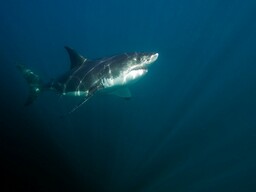
© Shutterstock. Kuvan käyttö sallittu vain osana e-Oppi Oy:n oppimateriaalia.

© Simo Veistola ja e-Oppi Oy
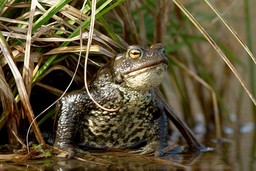
© Oskari Härmä ja e-Oppi Oy

© Shutterstock. Kuvan käyttö sallittu vain osana e-Oppi Oy:n oppimateriaalia.
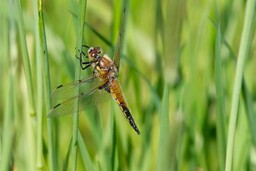
© Oskari Härmä ja e-Oppi Oy

© Oskari Härmä ja e-Oppi Oy

© Oskari Härmä ja e-Oppi Oy
23.11 Mesozoic era
Great changes took place during the transition from the Paleozoic era to the Mesozoic era. It is estimated that as many as 90 percent of the planet's species became extinct. As the climate grew drier and cooler, the abundance of plants changed in the Mesozoic era.
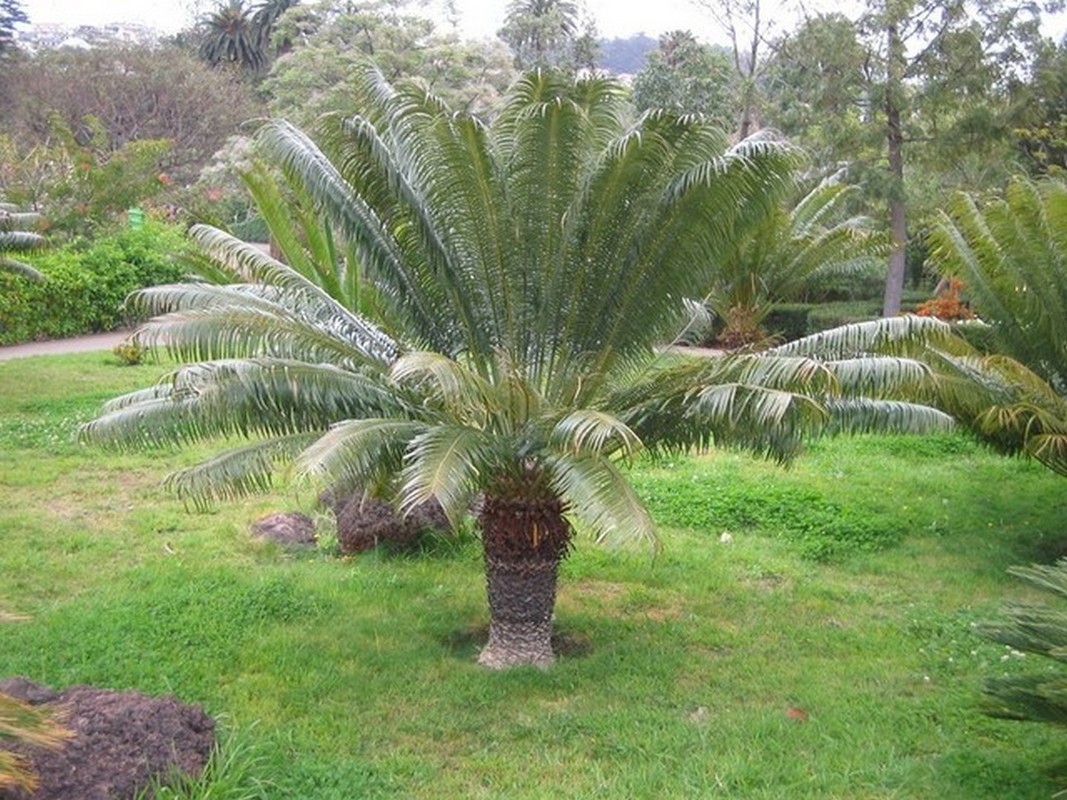 Cycads are evolutionarily impotant, palm-like trees. They are gymnosperms and have cones at the end of branches. They are living fossils: they have remained the same for millions of years.
Cycads are evolutionarily impotant, palm-like trees. They are gymnosperms and have cones at the end of branches. They are living fossils: they have remained the same for millions of years.
The success of spore plants was left behind when gymnosperms, such as conifers and cycads, became the most abundant plants on the planet. Flowering plants or angiosperms also began to develop during this era.
For amphibians, the dry climate meant the deterioration of living conditions. Reptiles evolved and spread to marine and terrestrial ecosystems.
 Fossil discoveries have made the construction of complete models of dinosaurs possible. Kentrosaurus.
Fossil discoveries have made the construction of complete models of dinosaurs possible. Kentrosaurus.
The most characteristic group of reptiles that lived during the Mesozoic era are the dinosaurs. In terms of food, the dinosaurs were herbivores, scavengers, and predators.
Why did the great big animals disappear at the end of this era? One explanation is a meteorite that struck the Earth. The Sun’s rays could no longer heat the Earth’s surface the same way as they had previously, and the dinosaurs were not able to cope in the colder climate.
 The Mesozoic era saw the reign of reptiles, both on land and in water. Note that the flowering plants had not yet developed.
The Mesozoic era saw the reign of reptiles, both on land and in water. Note that the flowering plants had not yet developed.
23.12 Gallery: Mesozoic era
23.13 Cenozoic era
At the end of the Mesozoic era, a group of angiosperm or flowering plants began to develop alongside gymnosperm plants.
The development of plants.

The Cenozoic era has been an era of mammals and birds. The cooling of the climate did not slow down the success of these warm-blooded animals. The development of both birds and mammals had begun during the Mesozoic era. Birds and mammals evolved into diverse groups of animals in the Cenozoic era. Predators and herbivores spread to the all ecosystems from the tundra to the rainforests.
In the Mesozoic era, most species became extinct. Also in the Cenozoic era, a considerable number of species have become extinct.
Thylacine and many other interesting animals have now become extinct because of one species: the modern human. Is this one species causing a new extinction event?
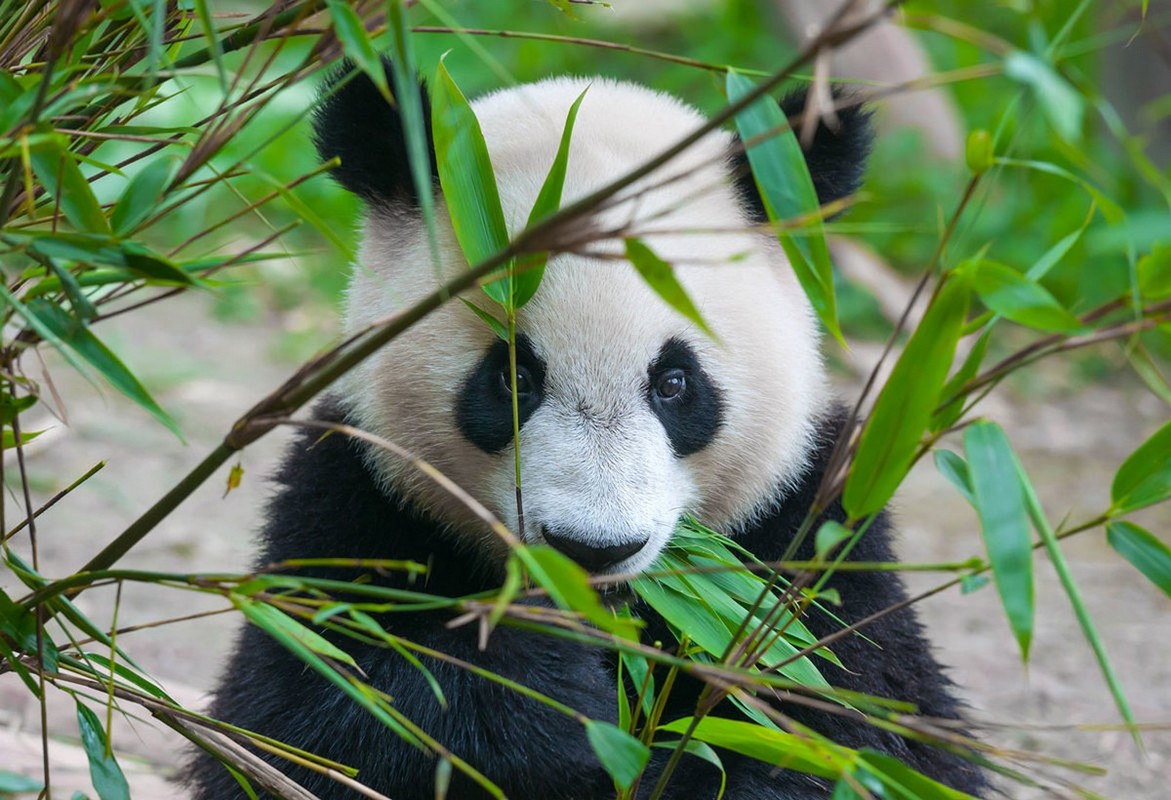 The great panda is a global symbol of nature conservation. It is feared to become extinct in the near future.
The great panda is a global symbol of nature conservation. It is feared to become extinct in the near future.






